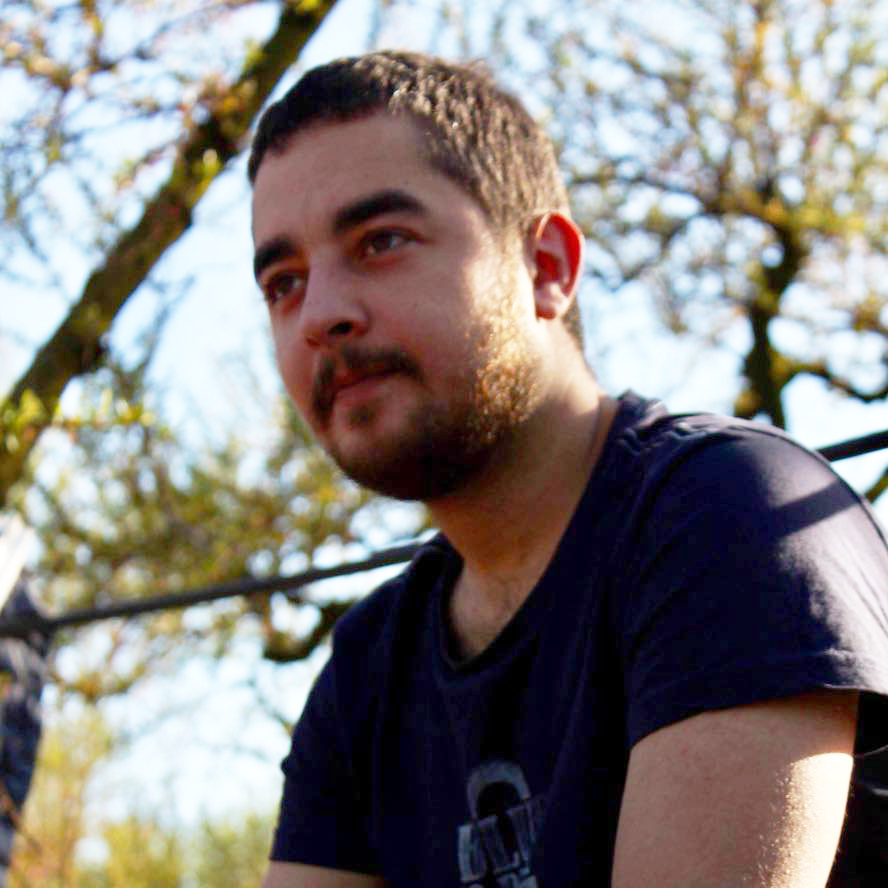
With a strong foundation in Cellular and Molecular Biotechnology, Dr Canciello is a dedicated researcher specializing in epithelial-mesenchymal transition (EMT) and its implications in stem cell biology, tissue regeneration, and cancer. Dr Canciello’s academic journey includes a Ph.D. from the University of Teramo, coupled with impactful experience as Research Assistant Professor at Temple University of Philadelphia, US. I have contributed significantly to pioneering international projects, including the EU Horizon 2020 P4FIT and the Replica Project. As a Research Fellow, Dr Canciello leads investigations into EMT-driven stemness and regenerative mechanisms, with a focus on amniotic epithelial cells and tumor models such as mesothelioma and pituitary adenoma and, more recently, on mitochondria transplantation fro anti-inflammatory and regerative purposes. His work has been recognized with awards like the Paolo Bianco Award and encompasses over 20 high-impact publications in multidisciplinary journals. In addition to research, Dr Canciello is passionate about teaching and mentoring, evidenced by his role in the Ph.D. program at the University of Teramo. Dr Canciello is also an active Guest Editor and reviewer for leading scientific journals, fostering advancements in the fields of biomedicine, biotechnology, and stem cell biology. Through innovative research and collaborative efforts, I aim to bridge fundamental science with translational applications.
Progesterone-induced hybrid epithelial/mesenchymal states enhance regenerative and immunomodulatory properties of amniotic epithelial cells
Angelo Canciello1, Verdiana Di Giulio1, Mohammad El Khatib1, Valentina Russo1, Annunziata Mauro1, Antonio Crovace2, Barbara Barboni1.
1Department of Bioscience and Technology for Food, Agriculture and Environment, University of Teramo, Teramo, Italy; 2Department of Emergency and Organ Transplantation, University of Bari "Aldo Moro", Bari, Italy
Introduction: Epithelial-mesenchymal plasticity (EMP) is a transitional program through which epithelial (E) cells progressively acquire mesenchymal (M) traits. During this dynamic process, cells with hybrid E/M phenotypes emerge and are increasingly recognized as functionally distinct state. AECs undergoing EMP represent a limitation especially for in vivo applications, as phenotype changes are closely linked to altered biological functions. This uncontrolled plasticity challenges the precision and reproducibility of cell-based therapeutic interventions. To address this, we investigated whether progesterone (P4), used to inhibit EMP during expansion, could drive the emergence and stabilization of hybrid E/M states in AECs, enhancing their therapeutic properties.
Methods: AECs were expanded with P4 and characterized across passages. Flow cytometry was used to assess co-expression of E (EpCAM, E-Cadherin), M (CD73, CD90), and hybrid (CD51, CD61, CD106) markers. Morphology was evaluated to assess EMP. Immunofluorescence and Western blot evaluated the expression of stemness (Oct4, Nanog) and phenotypic stability factors (Nrf2, Jagged1). Functional assays included: (1) in vitro tendon differentiation on PLGA fleeces analyzed by qPCR and Western blot; (2) migration assays; (3) PBMC proliferation in response to AECs-derived conditioned media; and (4) in vivo transplantation in an ovine model of tendon injury.
Results: P4 delayed EMP and promoted the accumulation of hybrid E/M cells co-expressing E and M markers (> 45%). These hybrid AECs (hyAECs) displayed intermediate morphology, upregulation of Oct4 and Nanog, and high Nrf2 expression, suggesting respectively enhanced plasticity and stabilized hybrid state. Functionally, hyAECs exhibited improved tenogenic differentiation, as cells promptly aligned on scaffold fibers and significantly increased expression of late tendon related genes (TNMD and COL1). In migration assays, hyAECs showed collective motility, a hallmark of hybrid states. Notably, hyAEC-derived secretome suppressed PBMCs proliferation upon LPS stimulation, indicating enhanced responsiveness to inflammatory cues. In vivo, hyAEC transplantation promoted a faster tendon regeneration, characterized by increased collagen deposition, organized ECM alignment and a prompt vascular tissue remodeling with enhanced CD206+ macrophage polarization.
Conclusion: P4 promotes the emergence of functionally distinct hybrid E/M states in AECs with enhanced plasticity and immune capacity. Understanding the mechanisms through which P4 modulates EMP provides a means to better control AEC fate, guiding their transition toward a stable hybrid state and enabling more precise and effective therapeutic applications.
This project has received funding from the European Union-Next Generation EU, project code: ECS00000041, project CUP: C43C22000380007, project title: Innovation, digitalization and sustainability for the diffused economy in Central Italy-VITALITY. This project has received funding from the European Union-Next Generation EU: Mission 4 “Education and Research”-Component C2 Investment 1.1, “Fund for the National Program of Research and Projects of Significant National Interest (PRIN), funding number: 2022YXHEET”. This project has received funding from the European Union-Next Generation EU, M4C1, project CUP: C46E23000120006, Fellowship code: 39-411-A8-DOT13A8025-8428..
[1] Epithelial-Mesenchymal Transition
[2] Pasticity
[3] Hybrid E/M Phenotype
[4] Tissue Regeneration
[5] Immunemodulation
[6] Stem Cells